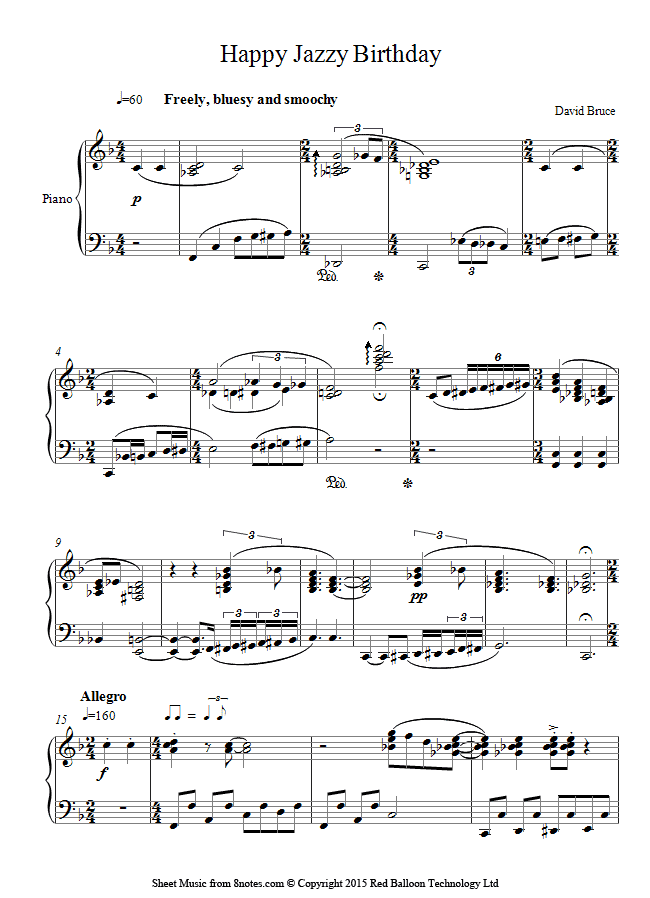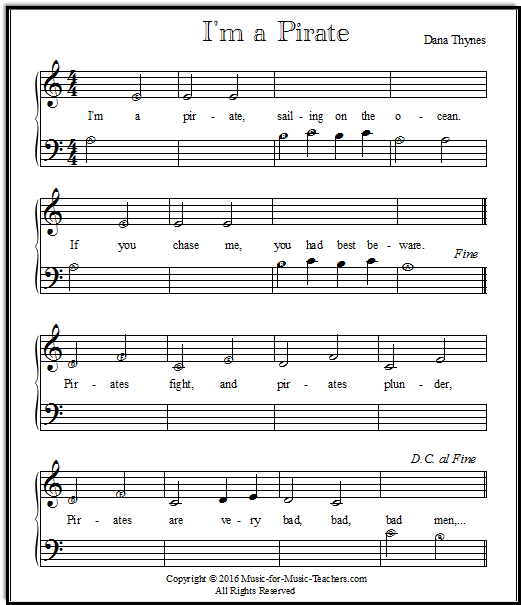. The Major Chord is a triad (a three note chord) made of a major third and on top a minor third. This creates the specific sound of “major”; a “happier”, “lighter” sound. It is written for ex.: E (Root=E, major chord). The Minor Chord is built with a minor third and on top a major third. This gives the sound of “minor” a more “sad”, “darker” sound. It is written for ex.: Am (Root=A, minor chord).


The Diminished Chord is made from only minor thirds. This gives the chord a sound like it really wants to go somewhere, to be resolved somehow.
That is why it is often referred to as a Dominant 7th chord with no root. It is written for ex.: D dim (Root=D, diminished chord). The Augmented Chord is built from only major thirds; it also has a very “unresolved” sound.The 7th chord is a four note chord. It has a root, a third, a fifth and a seventh.Starting from the root. First pick a piece with chord markings and melody, or just lyrics and chords.
Study resources:.Where do jazz pianists get those jazz chords?The first place to start looking is at what we call the 2-5-1.2-5-1 chords are based off the most popular chord progression of all time, the 5-1. On the piano in the key of C, that would be a G major chord (GBD) to a C major chord (CEG).The difference between this chord progression and a 2-5-1 chord progression is one more chord and a few notes. 2-5-1 Broken DownThe numbers 2, 5, and 1 stand for where they are in a music scale. In the C major scale:the 2-5-1 chords are based on D, G, and C according to where they are in the scale above.By the way, if you're new to music, the last C, note '8', actually starts over at 1.
The last note in the scale is the 7th note (B in this case.) The pattern is the same for all major scales.The 2 ChordThe 2 chord is the minor 2 of whatever key you happen to be in. In the key of C, the 2 chord is based on the D, and the chord is a D minor chord (DFA).To sound more jazzy you can play the notes F-A-C-E with a D in the left hand.The 5 ChordIn the key of C the 5 chord is based on G. In this case it's a G7 (GBDF) that will sound more cool if we jazz it up by playing a G and F in the left hand and FABE in the right.The 1 ChordThe 1 chord is a major chord based on the key you are in. In C, it's CEG. Often it will be played as a CMAJ7, CEGB or to be more jazzy, EGBD.The triangle symbol is what many jazz musicians (myself included) use to denote a major 7th chord.A note on my philosophy about chords: If a chord is based on a C major chord, then all permutations of that chord are still based on the sound of a C major chord.
Focus more on the sound and how the chord fits into the music than on the syntax of chord symbols.A Little Bit of Jazz TheoryWhen we talk about what key we're going to play a song in, it gives musicians playing together a common starting point. If we call, 'Misty in the key of E flat,' it means that we'll all start on the same chord (in this case, Eb Major 7) and go from there.After deciding on the key of the song, it's out of the picture. What is going on inside the song is more interesting because on a small scale, the key of the song is constantly changing.In 'Misty,' the first measure starts on an Eb Major 7th chord (which happens to be the key of the song.) But in the second part of the song, the bridge, the first three chords are a 2-5-1 in the key of Ab (you're always thinking ahead and working backwards, playing music is about not being surprised.)The reason I mention this is that many songs have one or more 2-5 chord progressions in a row and can change key centers in those spots quite quickly. Most of the time when there are several 2-5's in a row, they follow the (link goes to wikipedia.)We'll talk more about the circle of fifths later. You can see them in action in the jazz standards Autumn Leaves and All The Things You Are and many others.
Where Do I Use 2-5-1 Chords?Anyplace you see a 5-1 chord you can use a 2-5-1 chord.For example, a G7 - C could easily become much more hip with Dm7 - G7 - CMaj7 (triangle symbol).Why Should I Use 2-5-1 Chords?First, you can't escape them if you want to play jazz piano. They are the number one most common chord progression you'll see.
Second, it's just another tool in your jazz toolbelt. You'll need as many of these tools as you can get and 2-5-1 chords are required reading.How To Practice 2-5-1 ChordsThe image at the top of this article has four sets of 2-5-1 chord progressions and there are some others in the article.There are different patterns to learn and study. Remember that being a jazz pianist means playing what you hear accurately, and to do that you need trained ears, finger tools, music formulas, note and harmony patterns, and chops. Don't be discouraged, every jazz pianist in the world started by knowing nothing and learning one small thing at a time.Learn these 2-5-1 chord voicings in all the keys.
Song Jazz Piano Beginners Pdf Music
Learn the different variations and patterns. Be able to play it all quickly.Do things like switching hands by playing the chords in the left hand while the right hand plays a higher version of the bass note up high.Learning the 2-5-1 chord progression is a good place to start learning jazz piano and jazz theory and if you practice them thoroughly, they will help you when you learn something else.If I'm not back in 24 hours, call the president.Scot is available for skype jazz piano lessons (and google hangouts, phone call, etc.)Use the contact link at the top of the page.